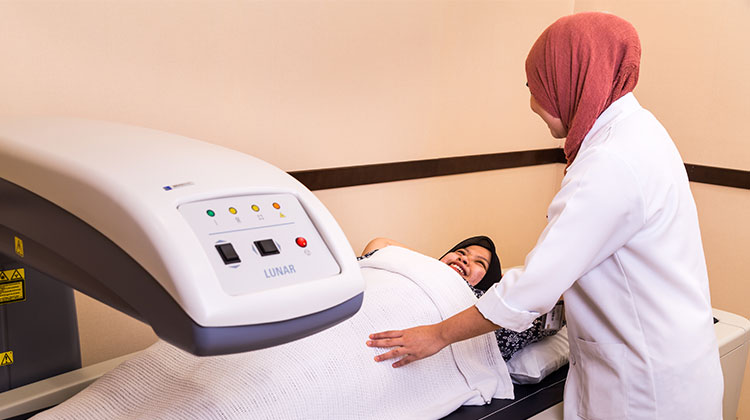5 Important things before choosing a medical card
There are many medical card packages available in the market, so how do we as consumers choose the best package?
Majority of us today are aware of the importance of having a medical card. There are many medical card packages available in the market, so how do we as consumers choose the best package? If we want to buy a car, we can compare the technology, the engine power and safety features. If we want to buy a computer, we can compare the speed, design and its chip. If we want to take a medical card, what are the features that we can compare?
Typically, we will compare prices first, how much is the monthly contribution, which is the cheapest? Yes we need to take a takaful plan that we can afford, however the main factor should be the benefits that you will get. Let’s look at the important things to look for in a medical card.
1. Type of medical card: Stand-alone or rider
Stand-alone medical card is a plan on its own, which means it only provides medical coverage without other coverages such as death benefit. The stand-alone contribution rate is cheaper than the rider package, however, you need to remember that stand-alone package contribution will increase as your age increases, usually every 4-5 years.
Whereas a rider is part of a protection package which consist of basic coverage such as death, medical and investment benefit. Or what you may have usually heard; 3 in 1 plan. The advantage of a rider is that your contribution is level and will not increase within your coverage. Besides that, most of rider have a cash fund where you can withdraw for personal use in the future, and probability of certificate lapsing due to payment overlook or late is low, because the fund will help to cover for the monthly contribution if there is shortages.
2. Annual limit
Annual limit means medical benefit limit that is claimable for each year. For example, if the maximum medical card limit is RM200,000, then you can only claim maximum RM200,000 to cover your treatment cost for that year, and if the treatment cost is more than RM200,000, you need to pay the excess using your own money. See the example below:
Annual Limit: RM200,000
Treatment cost for the first year is RM250,000, this means RM200,000 will be covered under the medical card and you need to fork out RM50,000 to pay off the balance.
On the second year, the treatment cost is RM200,000, which means you do not need to pay from your own pocket for the second year because it is within the annual limit.
3. Overall lifetime limit
Overall lifetime limit is the maximum limit of the medical benefit as long as the certificate is inforced. For example, the overall lifetime limit is RM1,000,000. Within 5 years, you have used up the RM1,000,000 to cover your medical treatment, therefore your certificate will expire automatically. This means that you cannot use the medical card anymore. Assumption for medical card with annual limit of RM200,000 and overall lifetime limit of RM1,000,000
| Year | Treatment Cost | Overall Lifetime Limit Balance |
| 1 | RM200,000 | RM1,000,000 |
| 2 | RM800,000 | |
| 3 | RM600,000 | |
| 4 | RM400,000 | |
| 5 | RM200,000 | |
| 6 | Certificate expires | |
Which is more important? Annual limit or overall lifetime limit?
Generally, you may not need to use the medical card to the maximum every year. You also need to know that medical inflation is high around 10% every year. Therefore, treatment cost of RM50,000 today will increase to RM330,000 in 20 years with inflation rate of 10%.
So, it is important to choose high annual limit compared to high overall lifetime limit.
4. Room & board costs
Each medical card will allocate the room & board limit. If you choose a plan with Room & Board cost of RM200, you are eligible to stay in a room within RM200 per night, regardless of room sharing or private as long as it does not exceeds RM200 per night. If you choose to stay in a more expensive room, you would need to pay the excess from your own pocket.

5. Daily cash allowance
This allowance is given if the person covered is admitted. It will be paid based on the number of admission days in the ward. The Daily Cash Allowance can also be used to cover additional costs during hospitalisation, for example to pay an assistant to take care of your child at home or to pay for the cost of hospital trips.
However, this benefit is usually an additional benefit where you can choose not to get it.
If you are self-employed, this cash allowance benefit is important for you to act as an income replacement. If you are employed by an organisation, this benefit might not be that important to you.
Conclusion
Choose a medical card that is most suitable based on your own needs and affordability. The most important thing is not to do comparison for too long and remain in the quotation stage.
Need help to choose the right medical plan? Don’t worry, our Takaful Advisors can help you. Or you can straight away browse the medical and health package offered under Great Eastern Takaful.

